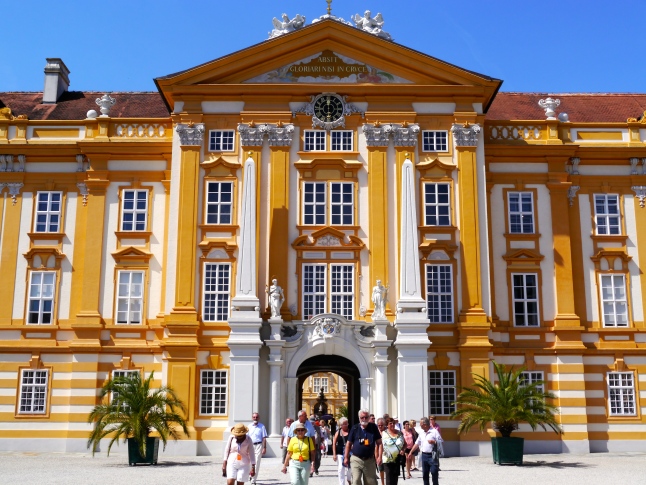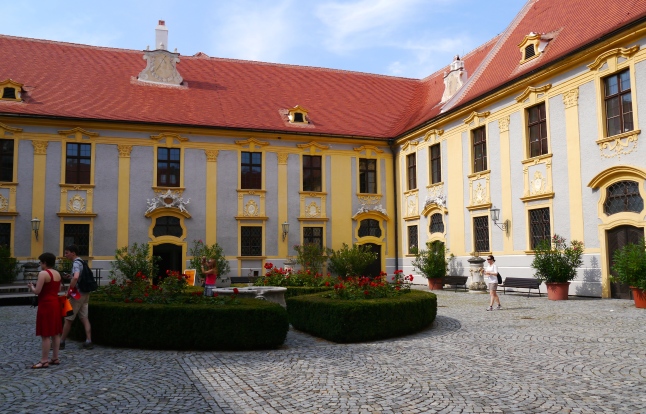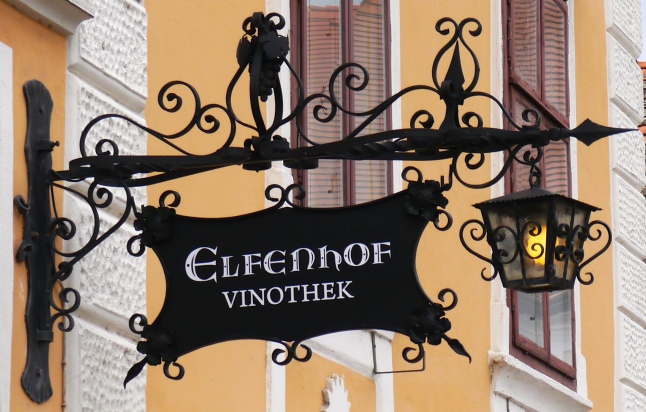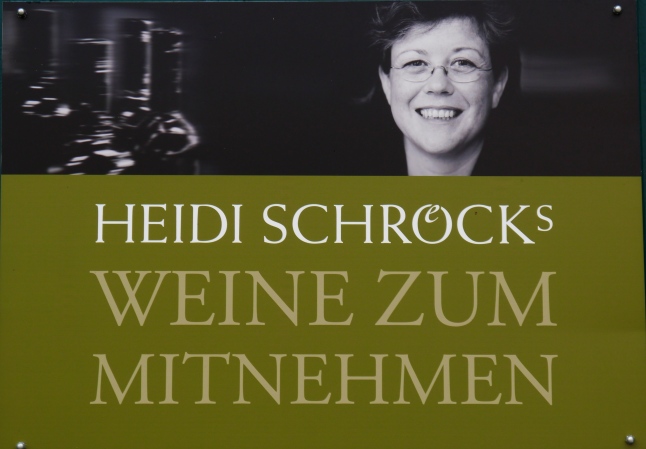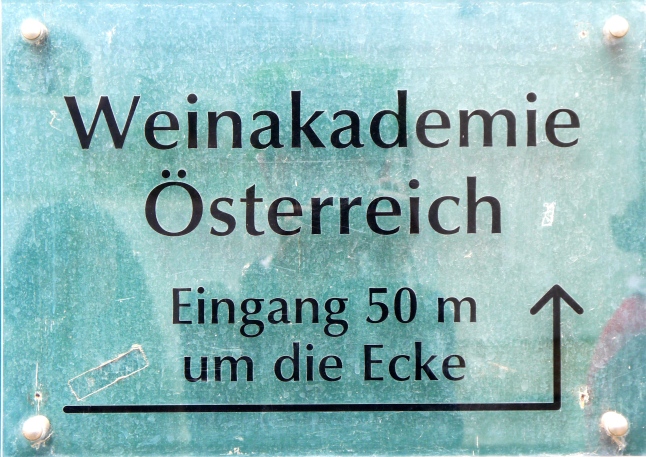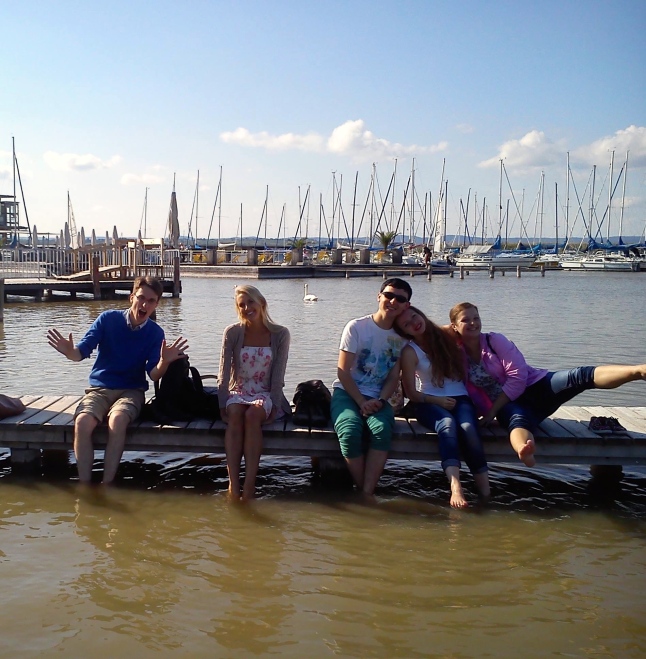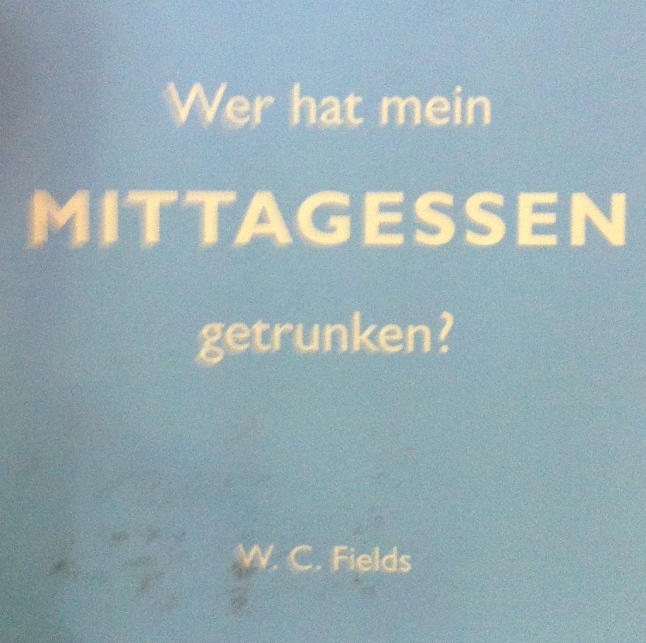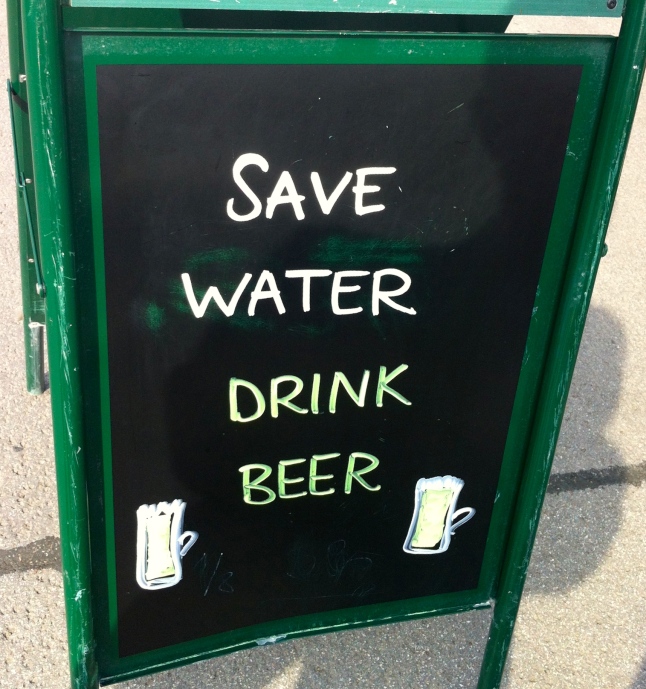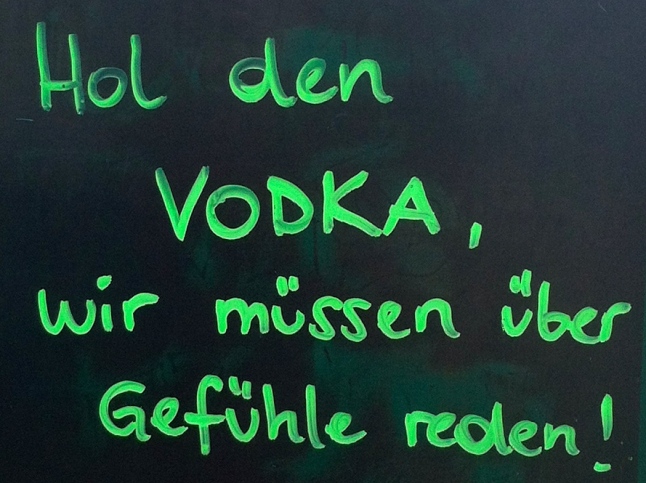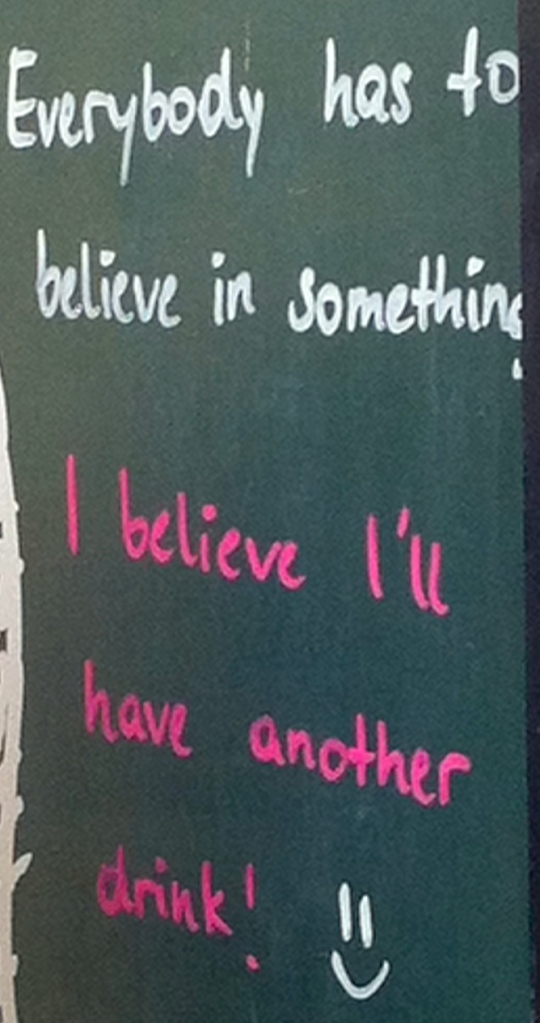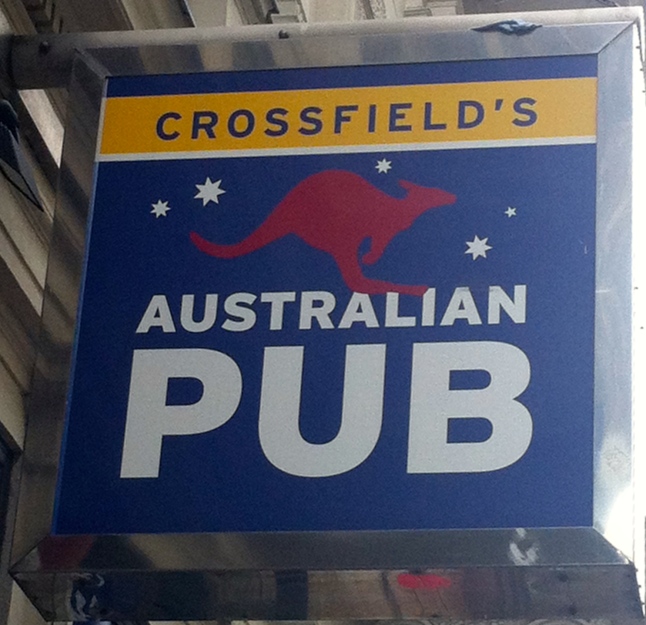Ladies and gentlemen, I present to you… THE COFFEE AND CAKE CATALOGUE.
To those of you preparing to embark upon a trip to Vienna in the not too distant future, consider this your handy guide to where best to spend your coffee breaks and what to order whilst you’re there.
Disclaimer: As much as I wish it were a complete list, I didn’t quite manage to get to every single café and bakery in Vienna, so this list is by no means exhaustive. Also, a warning: an Eiskaffee and a slice of cake is likely to set you back the best part of €10 at most of these establishments, so it’s not the cheapest of experiences, but one that I would argue is most definitely worth it.
Café Demel A charming and bustling café in the city centre near the Hofburg palace. This one gets bonus points for the fact that you can order a lot of their cakes to go, plus they have a ice cream stand open at the front on warm days and they have a gift shop if you wish to take a sample of Viennese confectionary back with you to your nearest and dearest. The café itself is mainly upstairs, and while you may have your suspicions when going up the fairly narrow staircase, you emerge into various small and elegantly furnished rooms on the upper floor, with waitresses rushing about, carrying trays of coffee and cake. When you order, you go and choose the cake you want yourself, down to the specific slice if you so desire, so you get a good look at all the sugary delights they have on offer. It’s also the disputed second creator of the Sachertorte, and they have their own take on the classic cake, compared to Hotel Sacher’s. Essentially, the difference lies in the use of apricot conserve in the cake. I won’t say anything more, and instead I’ll let you try it for yourself!
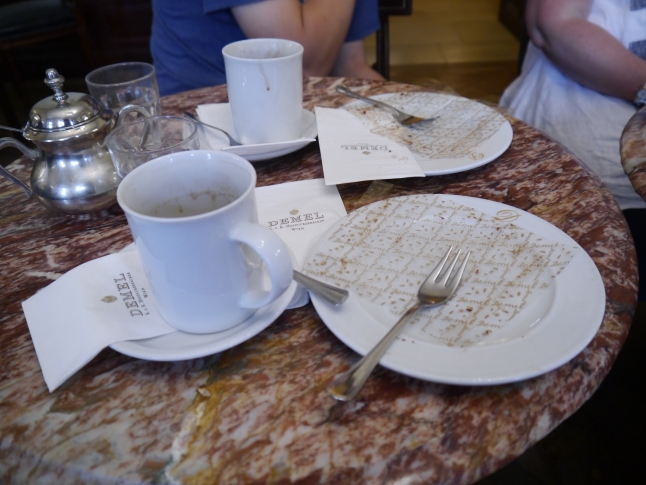
I enjoyed a ginger hot chocolate and piece of Sachertorte, which I can heartily recommend! Sadly I only thought of taking a photo at the end…
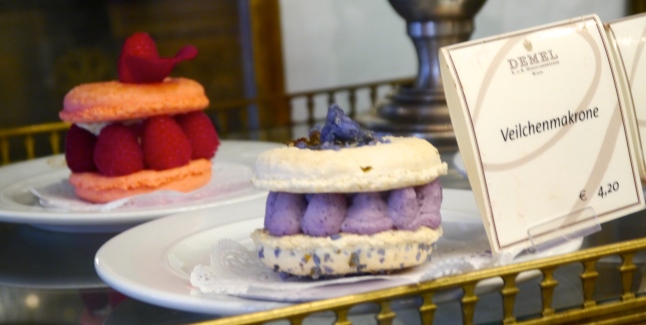
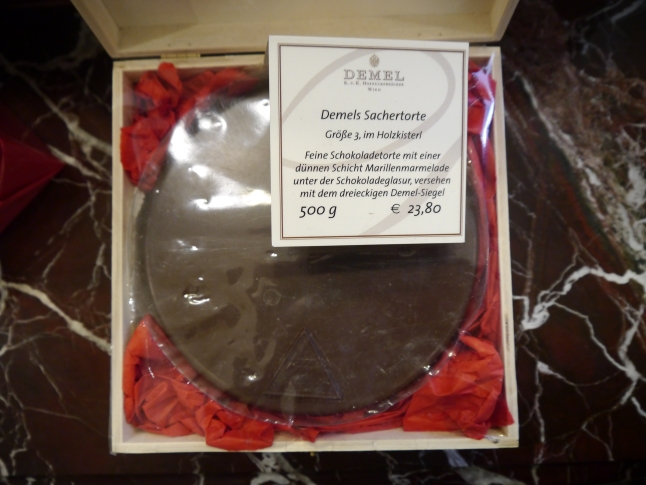
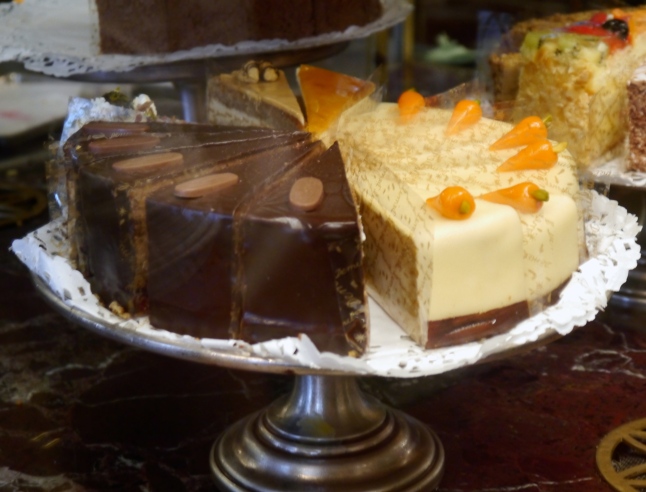
Hotel Sacher Hotel Sacher is arguably the most famous establishment on this list, usually known as the home of the Sachertorte. Its culinary reputation precedes it to the point that letters sent there are occasionally addressed merely to Hotel Chocolate Cake. As the name suggests, it also functions as a hotel, but the restaurant is open to all, and they even have their own café next door. The inside, like several well-established Kaffeehäuser, is elegantly furnished and decorated, and you do feel as though you may have fallen back a century. The various rooms of the café are smaller and each room has its own waiting team to help make the experience seem more personal.
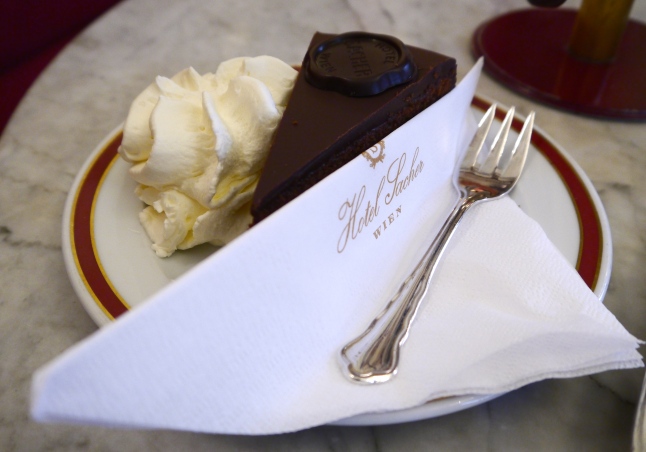
Naturally I had to have the Sachertorte here, served in the traditional manner with whipped cream.
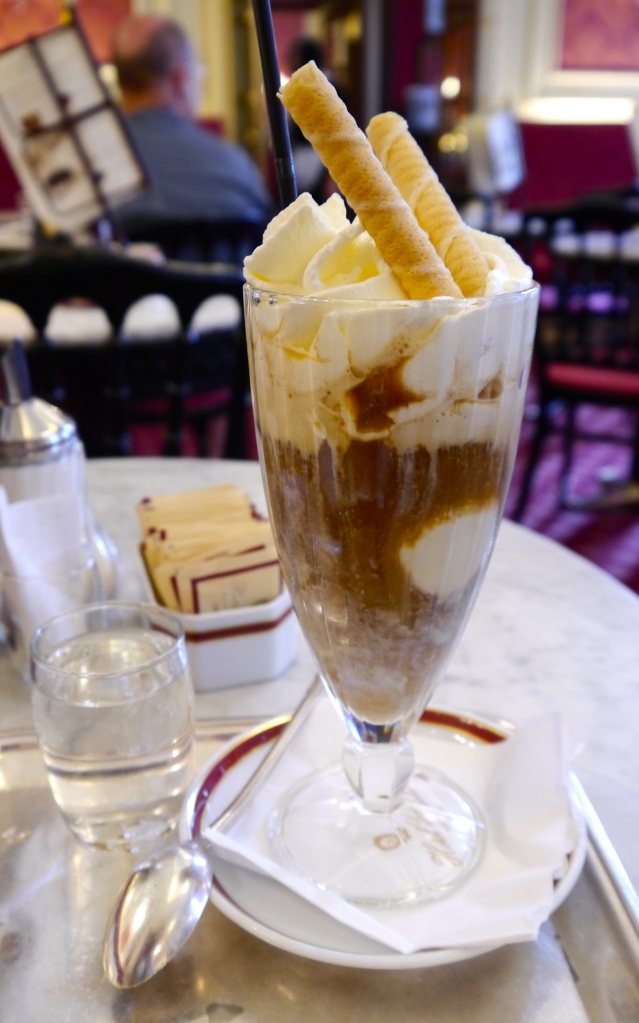 Café Schwarzenberg This seems to be a slightly lesser-known café among the ranks of the best Kaffeehäuser in Vienna, but I would argue that it’s every bit as good. It has the elegant interior decor and the comfortable outdoor seating of many of the others, and a good selection of coffees and teas as well as cakes available. I must admit, my heart did flutter a little when I couldn’t find Eiskaffee on the menu, but I asked anyway and was promptly presented with one. In addition to the various more well-known cakes of Vienna, they had also taken the decision to cash in on the cultural side and had a Klimt torte on offer.
Café Schwarzenberg This seems to be a slightly lesser-known café among the ranks of the best Kaffeehäuser in Vienna, but I would argue that it’s every bit as good. It has the elegant interior decor and the comfortable outdoor seating of many of the others, and a good selection of coffees and teas as well as cakes available. I must admit, my heart did flutter a little when I couldn’t find Eiskaffee on the menu, but I asked anyway and was promptly presented with one. In addition to the various more well-known cakes of Vienna, they had also taken the decision to cash in on the cultural side and had a Klimt torte on offer.
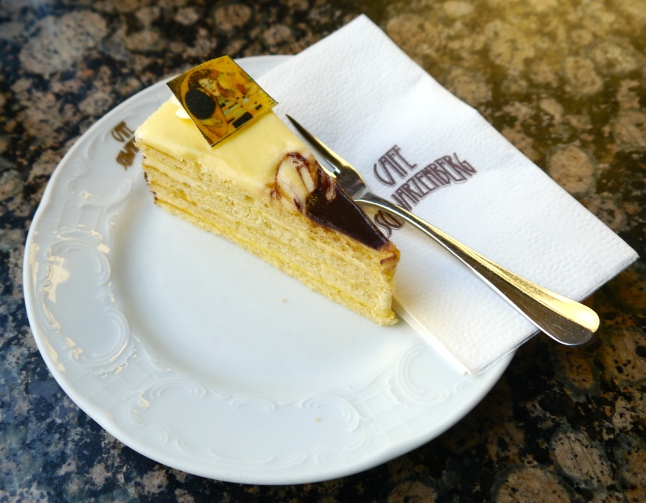
It turned out to be a simple but tasty vanilla cake layered with cream and an edible miniature print of part of The Kiss on the top.
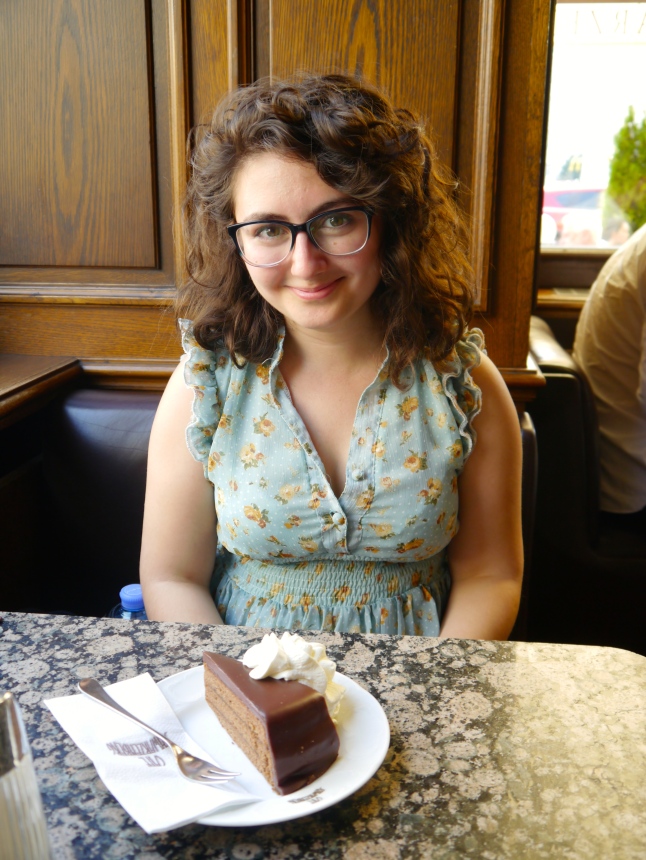
Here’s Manuella modelling with her Sachertore at Café Schwarzenberg.
Café Central As the name suggests, this is a rather optimally located café for those in the city centre. The inside is larger than most of the other cafés I went to, presumably to make up for the reduced amount of outdoor seating. It adheres to the great Kaffeehaus architectural tradition with its marble columns and ornate ceilings, and you spend your time torn between looking up at the building around you and down at the cake sitting in front of you. Like all good cafés and bakeries, they have a counter immediately in front of you as you walk in with all of their cakes on show, and every now and again a chef will come from the kitchen, bearing a laden tray to replenish the stocks! They also do a nice selection of savoury foods, should you decide to have what some would call a ‘proper’ meal, rather than just cake. Although frankly, I don’t see the problem with just having cake…
Palmhaus Café Having been here twice, I consider myself a sort of expert on the place. It’s a wonderfully located café, with a look out over the Burggarten and with the Hofburg on one side, the views are a great example of Vienna’s classical elegance. It’s particularly lovely in late afternoon, when the sun is well into its descent and there’s a warm summer breeze, when you can sit back and listen to the sounds around you with the smell of coffee wafting gently around you. I don’t recall having any cake here either time I came, so if I did it can’t have been particularly memorable, but the Eiskaffee was particularly good.
Café Museum I ended up going here following The Third Man Tour in the sewer system of Vienna, after which I felt that a restorative Eiskaffee and piece of cake were much needed! The ticket for the tour included a discount voucher for the café, so a group of us went over there afterwards. The outdoor seating offers great opportunities for people watching, as it’s near Karlsplatz, a busy area on the edge of the city centre. The café is also right next to one of the exits from the Karlsplatz U-Bahn station, which makes it very easy to get to and therefore a good meeting point, assuming you manage to find the right exit!
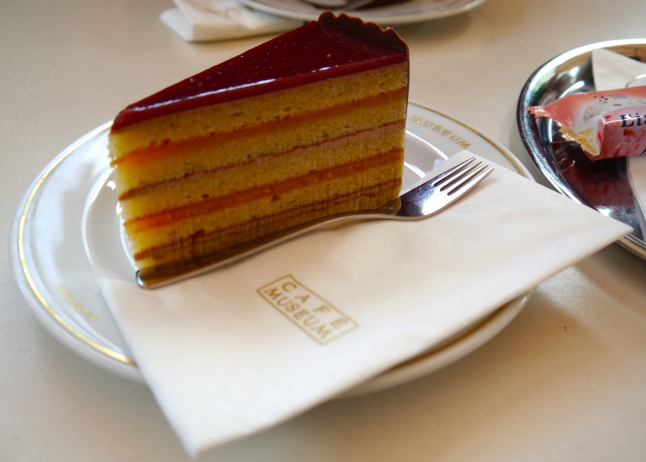
I had a piece of the many-layered Landtmann torte, which was a light vanilla cake with marzipan.
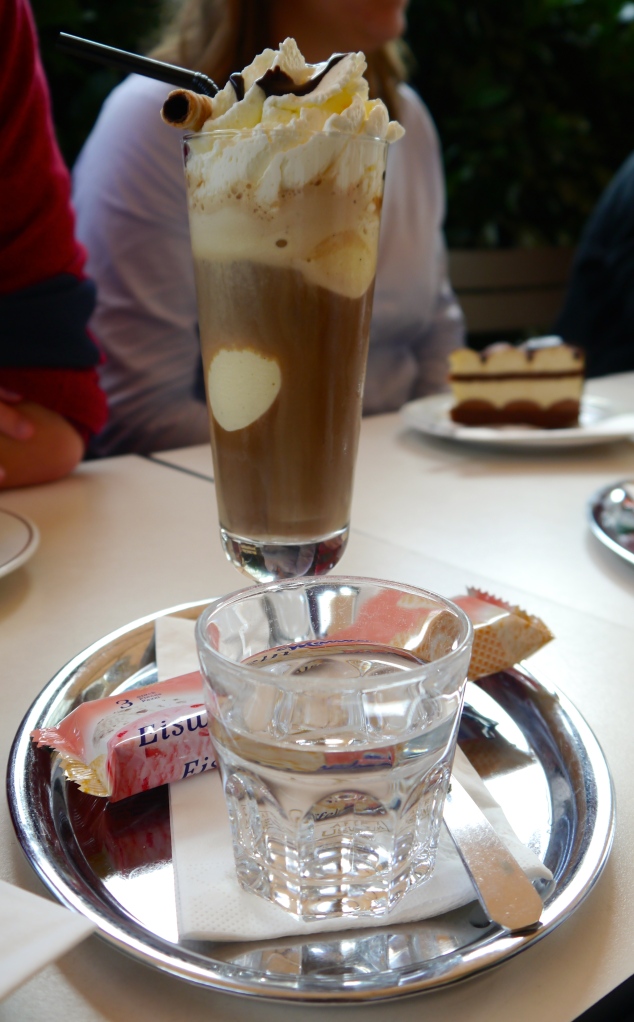
Along with an Eiskaffee, of course!
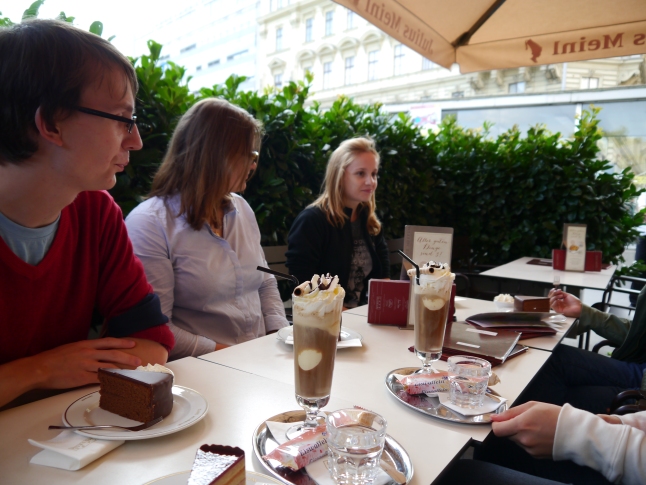
Halle Café (Museums Quartier) Alas, I have a bone to pick with this particular café. In fact, two. First of all, what was listed on the menu as a tonka bean Eiskaffee turned out to be a small coffee with no cream in sight and a temperature high enough to liquefy any iced dessert in seconds. However, it did taste rather nice with the tonka bean flavouring, so that’s something at least. Secondly, one of my friends ordered this, and the waiter, having heard our accents, presented it to my friend and told her in English that it was the chocolate cake.
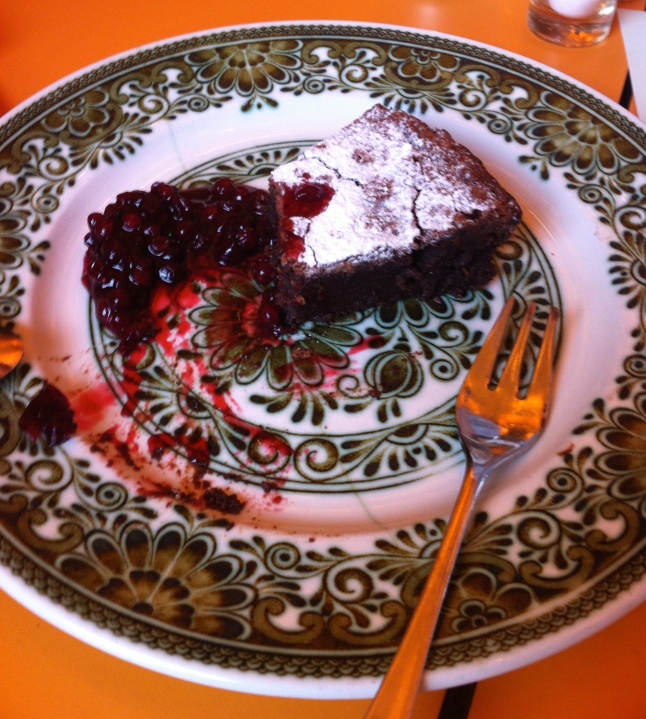 This is not a chocolate cake. A chocolate torte, yes, but cake it was not. Trust me, I know my cake. It was quite dark in taste and the texture was less crumbly and more akin to that of a brownie. It was still really nice, especially with the redcurrant sauce, but I was still up in arms about the deceit. Firstly an Eiskaffee with no Eis and then a chocolate cake that wasn’t cake. I despair…
This is not a chocolate cake. A chocolate torte, yes, but cake it was not. Trust me, I know my cake. It was quite dark in taste and the texture was less crumbly and more akin to that of a brownie. It was still really nice, especially with the redcurrant sauce, but I was still up in arms about the deceit. Firstly an Eiskaffee with no Eis and then a chocolate cake that wasn’t cake. I despair…
Schloss Belvedere Once you’ve been for a look around Oberes Belvedere, the upper half of this Viennese palace where there’s a permanent Klimt exhibition featuring The Kiss, the café on the ground floor beckons. They also have a good deal of outside seating, offering views into some of the gardens and orchards around the palace. By the time I came here, I had become firmly cemented in my habit of ordering an Eiskaffee, and so this time I paired it with an Esterházy torte, the design of which will remind many of school dinner puddings in the UK. Trust me, this is a lot better. Alternating layers of sponge and cream make for a wonderfully light cake, and like many Viennese baked delights, the added hazelnut filling and almond decoration create a rather delicious result.
Zanoni & Zanoni Ok, so technically this is an ice cream parlour rather than a café, but I felt it deserved a mention for the Eiskaffee alone. Certainly among the largest eateries in Vienna, the outdoor seating can make you feel like you’re being squashed in the middle of a large caffeinated and sugar-fuelled crowd, but once you acclimatise to your surroundings, it becomes more of a thriving and bustling communal area, rather than a disaster waiting to happen. They have a good selection of ice cream dishes as well as more flavours than you can shake a stick at, and what’s more, they’re rather reasonably priced given the standard and location.
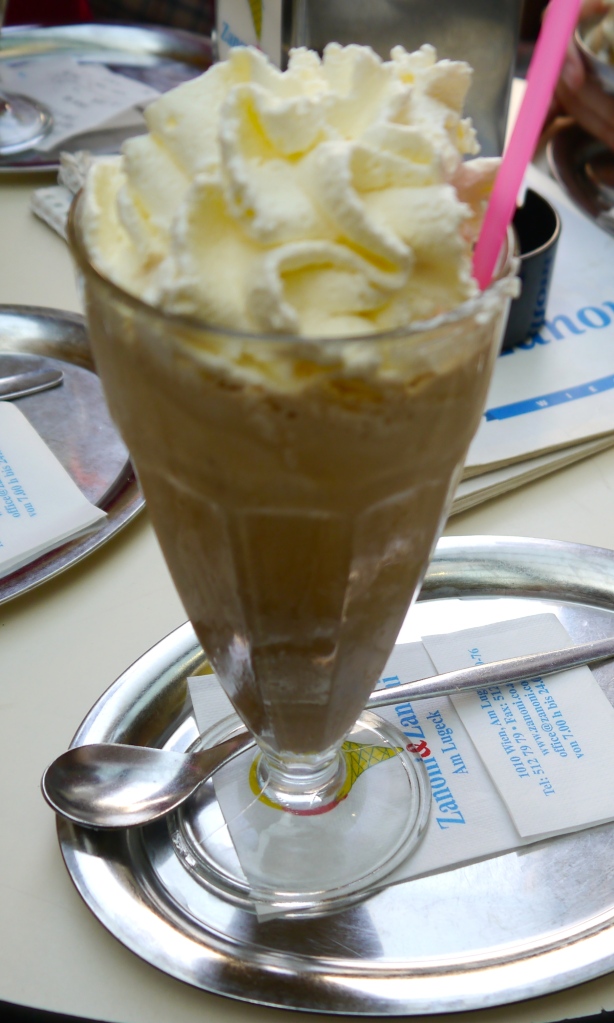
Eissalon am Schwedenplatz An ice cream parlour whose name is literally ‘Ice cream parlour at Schwedenplatz’. Like Zanoni & Zanoni, it has a great selection of ice cream flavours and dishes, including a pretty fine Spaghettieis. If you don’t know what one is, it’s ice cream put through a spaghetti slicer to create a dish that looks like spaghetti bolognese, but using vanilla and strawberry ice cream with coconut flakes. It’s heavenly. It also has a bakery area where they have a selection of various cakes. I had a slice of Mozart torte, which contains only just enough cake to maintain structural soundness and an awful lot of pistachio cream, covered in bright green fondant icing. It tasted good though, so I won’t judge it on appearances alone.
Aïda Aïda is a bakery chain in Vienna, and it’s bright pink logo makes it fairly easy to spot on a crowded square. Despite being a chain, there are slight differences between the various branches, depending on the tastes of the regular clientele, so you may well find something different in each one you go into. They’re pretty tourist-friendly in that they usually have posters up on the walls with diagrams explaining the difference between various coffees, so that you can understand what to expect when you pick something at random off the menu. In addition to working as a small café, they have a bakery in each and you can order cakes to go if you want. Speaking of which…
During the summer course, it was the birthday of one of my friends and classmates, Maxime, and so we celebrated it in true Viennese culinary style! Seeing as Maxime’s birthday fell on a day of lessons at the academy, our teacher had also decided to take the opportunity to celebrate and so had preordered a Sachertorte the day before from her local Aïda, which she brought in. A couple of my classmates had even organised getting a card signed by the rest of the group, and we had candles for the cake as well, so it was a true birthday experience!
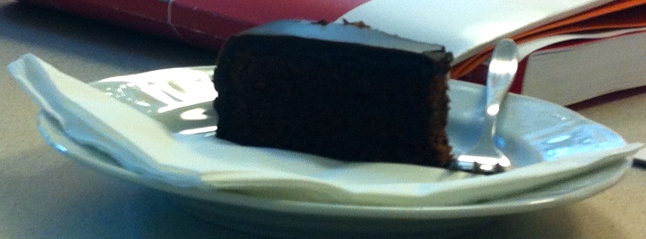
Not knowing this, Maxime brought in Schwedenbomben for his birthday too, after he had found a nearby bakery that was open early and that was selling them. Schwedenbomben are rather similar to the Tunnock’s tea cake: a round chocolate shell filled with marshmallow cream and a wafer base to hold it all together. Schwedenbomben, however, go one step further, and they’re usually coated with chocolate and coconut flakes. Interestingly, this year was apparently the first year that Schwedenbomben have been produced en masse during the summer, as they require cooler temperatures to make and the main producers had found it too difficult in the past.
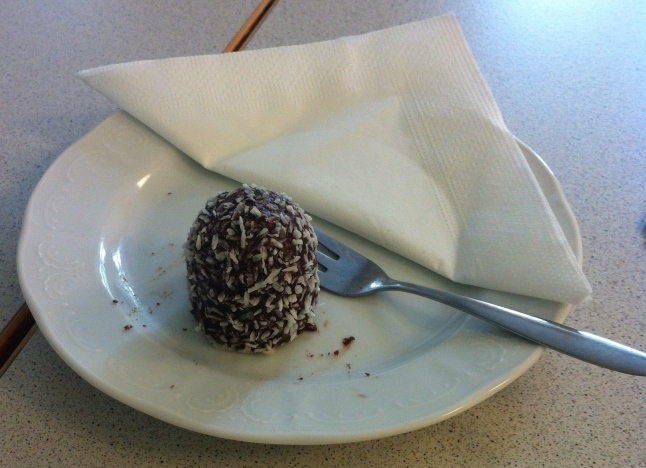
One final bonus point on the food in Vienna: I have realised that my entire life up until this point has been a lie, and I was forced to confront this shattered illusion everyday of my stay in Vienna. They warn you that the Year Abroad will force you to look long and hard at the things you once took for granted and that your expectations will be turned on their head and made to dance in front of you. I thought I was prepared for that sort of thing, what with having studied the language and the culture for many years and having travelled widely too. However, I was not prepared for this:
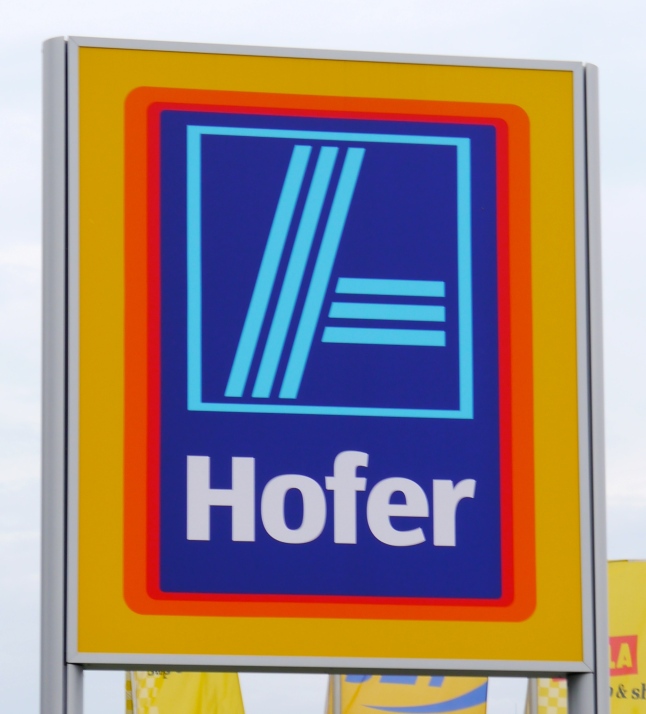
ALDI, despite being a German supermarket chain, is not called that in Austria.
I did find some sense of solace in the fact that the supermarkets in Vienna are nevertheless of a high quality, and I might even argue a higher quality than in the UK…

The SPAR here aren’t just any old SPAR, oh no! They’re gourmet!

















